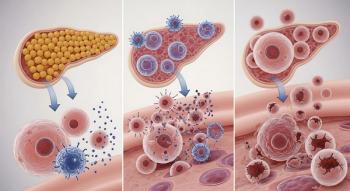
More Innovative Cell and Gene Therapy Payment Strategies Needed, Expert Says | Asembia's AXS25 Summit
Fran Gregory, PharmD, MBA, VP of emerging therapies at Cardinal Health, talks about the importance of market access strategies in the cell and gene therapy space.
To overcome payer access barriers and reimbursement challenges in the cell and gene therapy space, more innovative payment models are needed, according to Fran Gregory, PharmD, MBA, VP of emerging therapies at Cardinal Health.
“However, things have been a lot more difficult in the market - things have been reimbursed, maybe not ideally for providers and access barriers have occurred with payers,” Gregory said in a video interview with Managed Healthcare Executive.
Gregory said that in the cell and gene therapy space, there have been several payment models that have gained traction. Examples she gave were annuity payments, where payments are made over time and outcome-based contracts, where a certain outcome is sought to be reimbursed. She also mentioned a “pay for performance” model, in which a product will be reimbursed if it “performs the way it’s supposed to,” per the product label, within a given time frame.
“There are a number of manufacturers that are executing these types of models, and it's very important that we continue to drive towards more innovative payments and showing value of these products with health economic modeling so that we can kind of lean on those models to build those types of innovative contracts,” Gregory said.
Gregory spoke at this year's Asembia AXS25 Summit, held this week in Las Vegas. She co-hosted the session yesterday titled
Newsletter
Get the latest industry news, event updates, and more from Managed healthcare Executive.

















































